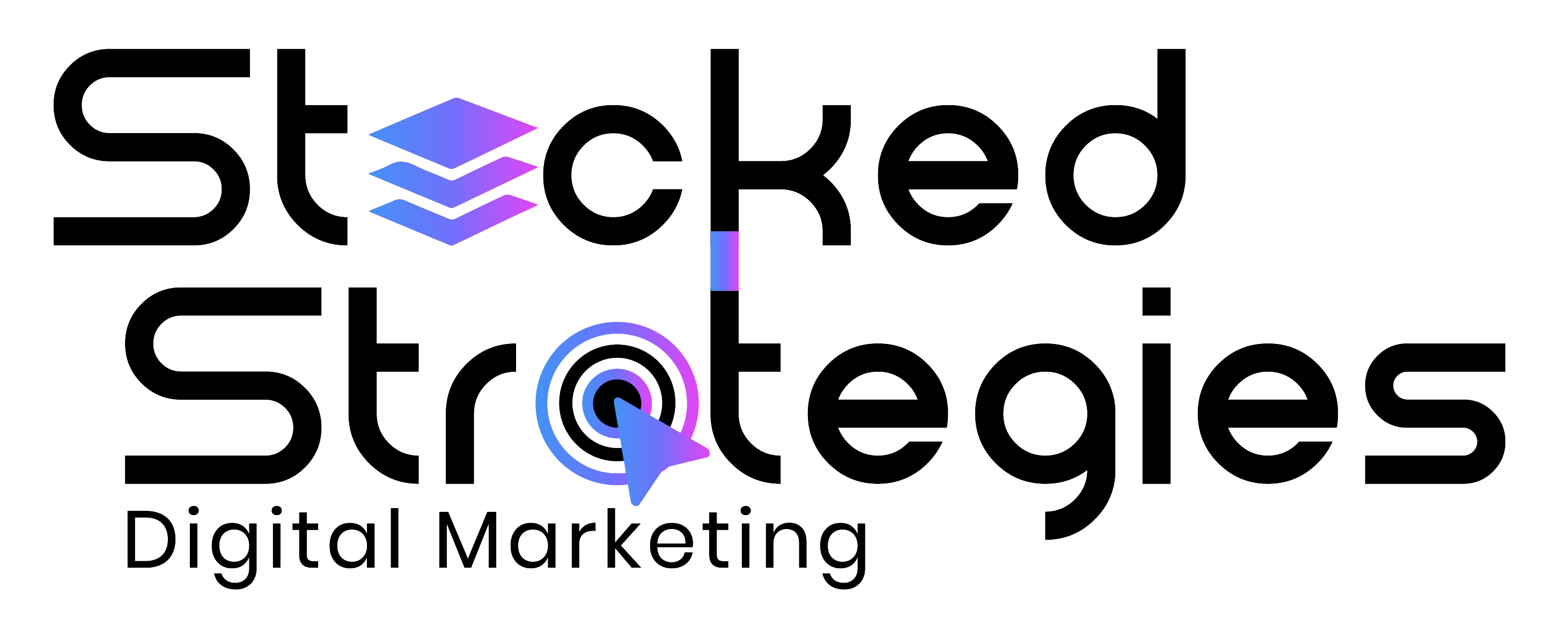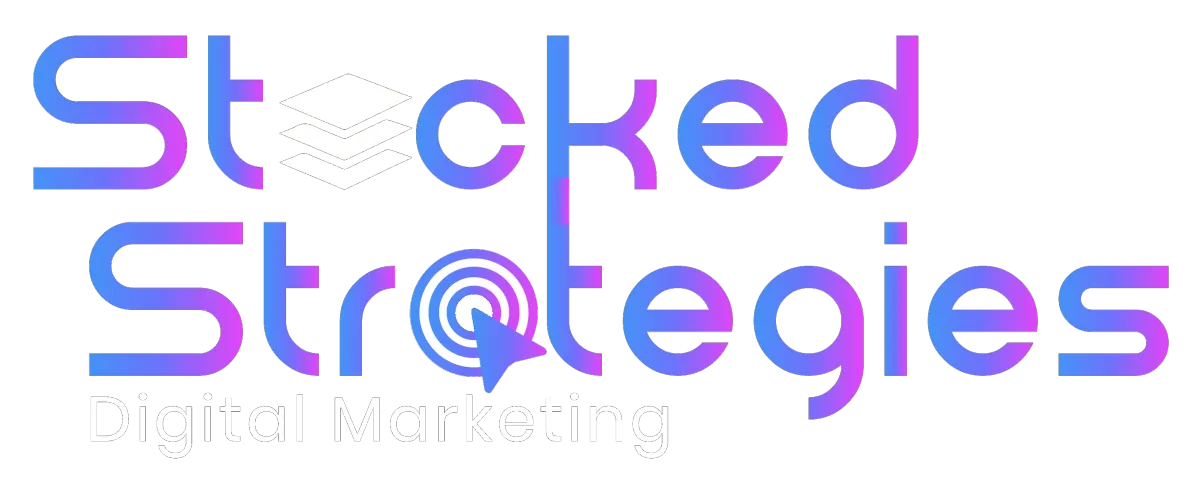
Best Lead Generation Strategies to Maximize Success
What Makes a Lead Generation Strategy Truly Effective in Today’s Market?
In today’s fast-paced business environment, generating high-quality leads has never been more crucial. Businesses across industries are looking for methods to not only attract potential clients but also convert them into loyal customers.
However, not all lead generation strategies yield the same results. What sets the truly effective ones apart? Let’s explore the key components of a winning strategy that works in the current market landscape.
Understanding the Importance of a Lead Generation Strategy
A strong lead generation strategy bridges the gap between attracting potential customers and turning them into paying clients. It’s the backbone of sustained business growth. Here are a few reasons why having an effective plan is non-negotiable:
Consistency: A clear strategy ensures a steady flow of leads, eliminating unpredictable spikes and dips.
Efficiency: It helps businesses focus their resources on tactics that yield the highest returns.
Scalability: A well-designed strategy can grow with your business.
But how do you ensure your strategy stands out? The answer lies in a combination of understanding your audience, leveraging the right tools, and executing proven techniques.
Characteristics of an Effective Lead Generation Strategy
Every successful strategy shares a few common traits. Let’s break down these key characteristics:
1. Deep Understanding of the Target Audience
Effective lead generation begins with knowing your audience. Generic approaches rarely work because consumers today demand personalized experiences. Consider these steps:
Research Demographics: Gather data on your audience’s age, location, income level, and other defining traits.
Understand Pain Points: What challenges do they face, and how can your product or service solve them?
Segment Your Audience: Group customers by shared characteristics to create tailored marketing messages.
2. Clear Value Proposition
Your value proposition sets you apart from competitors. It’s not just about what you offer but how you solve problems in a way no one else can. Ensure your message highlights:
The benefits of your product or service.
Why your solution is unique.
How it addresses the specific needs of your target audience.
3. Strategic Use of Multiple Channels
Relying on a single channel for lead generation is risky. A diverse approach ensures you reach potential customers wherever they are. Key channels to include:
Social Media: Platforms like LinkedIn, Instagram, and Facebook offer targeted advertising options.
Email Marketing: Personalized emails remain one of the highest ROI channels for generating leads.
Search Engine Optimization (SEO): Optimize your content to rank higher in search results.
Pay-Per-Click Advertising (PPC): A great way to attract high-intent leads quickly.
4. High-Quality Content
Content is at the core of any lead generation strategy. Engaging, informative, and actionable content not only attracts visitors but also establishes your authority. Types of content to prioritize:
Blog posts and articles.
E-books or whitepapers.
Webinars or video tutorials.
Case studies and testimonials.
5. Strong Call-to-Action (CTA)
Every piece of marketing material should guide your audience to take the next step. A strong CTA can make all the difference in converting visitors into leads. Examples include:
Sign up for a free trial.
Download our guide.
Schedule a consultation.
Ensure your CTAs are clear, direct, and easy to follow.
Adapting to Today’s Market Trends
The digital landscape is constantly changing, and lead generation strategies must evolve to stay relevant. Here’s how to adapt:
1. Embrace Automation
Automation tools simplify processes and improve efficiency. Popular applications include:
Automating email campaigns.
Using chatbots to handle inquiries in real-time.
Scheduling social media posts.
2. Focus on Mobile Optimization
With most consumers accessing content through mobile devices, it’s essential to:
Design mobile-friendly websites.
Create content optimized for small screens.
Ensure fast loading times.
3. Leverage Data Analytics
Data-driven decisions are key to optimizing your efforts. Track metrics like:
Website traffic and bounce rates.
Conversion rates on CTAs.
Performance of email campaigns.
Use these insights to refine your strategy over time.
4. Build Trust Through Social Proof
Consumers are more likely to trust brands that others recommend. Incorporate:
Testimonials from satisfied customers.
Case studies showcasing your success.
Positive reviews on platforms like Google or Yelp.
Measuring the Success of Your Lead Generation Strategy
It’s not enough to implement a strategy; you must track its performance. Key metrics include:
Lead Quality: Are your leads converting into paying customers?
Cost per Lead (CPL): How much are you spending to generate each lead?
Return on Investment (ROI): Is your strategy delivering value for the resources invested?
Engagement Rates: Are your audience interacting with your content and campaigns?
Why It’s Time to Rethink Your Approach?
Many businesses stick to outdated tactics that no longer work in today’s market. To stay ahead of the competition, focus on:
Keeping up with industry trends.
Regularly updating your content and messaging.
Experimenting with new tools and techniques.
Crux
If you're ready to enhance your business growth, focusing on effective lead generation strategies is essential. By implementing tailored approaches, you can attract high-quality leads that are more likely to convert, ultimately driving success and expanding your customer base.
Don’t wait to see results—take action now and unlock the full potential of your business. Reach out to us today to learn how our lead generation strategies can help you achieve your goals and fuel long-term growth.
FAQS
1. What are the best methods for generating leads?
The best methods include content marketing, email campaigns, and social media engagement to attract potential customers.
2. How can I improve lead conversion rates?
Focus on personalized communication, clear calls to action, and timely follow-ups to convert leads more effectively.
3. What is the role of SEO in lead generation?
SEO helps drive organic traffic to your site, attracting quality leads through higher search engine rankings.
4. How can social media contribute to lead generation?
Social media platforms allow businesses to engage with potential customers and create targeted ads for lead capture.
5. How do I identify high-quality leads?
High-quality leads are those who engage with your content, fit your target demographic, and show intent to purchase.
6. Is email marketing effective for generating leads?
Yes, email marketing is a powerful tool to nurture relationships and guide leads through the sales funnel.
7. What role does content play in lead generation?
Engaging, informative content helps attract and educate potential leads, building trust and authority in your industry.
8. How can I use paid ads for lead generation?
Paid ads, such as Google Ads or Facebook ads, can target specific audiences to quickly generate qualified leads.
9. What is the importance of a lead magnet?
Lead magnets, like eBooks or webinars, provide value to prospects in exchange for their contact information, nurturing leads.
10. How do lead generation strategies differ for B2B and B2C?
B2B strategies focus on building relationships and decision-makers, while B2C strategies often emphasize quick conversions and direct offers.




